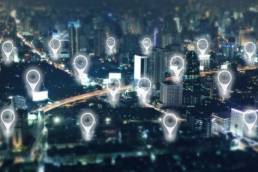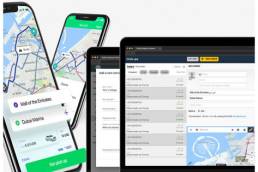Many businesses are struggling to survive in a social distanced world; one where lockdowns seem to be increasingly frequent.
Bricks and mortar stores, bars, pubs, restaurants, cafes – in fact any business that relies on footfall – will either be closed for a period of time or be forced to operate a reduced capacity.
So, when there’s an opportunity to drive more customer visits (and purchases), businesses need to be ready. They need to be operational, visible, and proactively targeting potential customers.
This is why the use of location intelligence is becoming increasingly popular. Let’s consider a few ways businesses can put this kind of data to work – and how it can give them an edge in a competitive market.
Visibility
Being visible online isn’t just about having a website or social media feed – it’s also a great way of being discovered. Increase your online visibility and reputation can ensure that retail, dining, and entertainment hotspots enhance their customer experience, reach more customers.
This helps customers better engage with your business and make decisions about where and when to visit.
Targeting
However, when it comes to gathering insights about your potential customer base – such as where your target demographics are based, where they shop, and how much they spend – the details matter.
Using location intelligence, you can make better informed strategic and operational decisions; about everything from local preferences and tastes; to the average distance your customers are willing to travel to reach you.
Marketing
With a more accurate picture of your target demographic and a better understanding of their behaviour – combined with some insight on your closest competitors – you can begin to tailor your marketing efforts to customer wants and needs.
For example, creating time-specific promotions and offers to drive footfall to smaller stores during typically quieter times could work very well for retailers and restaurant owners; helping them attract new customers.
Also, given the ability to trace mobile data, it’s also possible to monitor footfall, and customer movements – in real-time. Insight like this can also be used in a number of different ways; from upselling to infrequent but large purchase customers, to rewarding more regular customers for their loyalty.
Logistics
On a slightly different note, with more people working from home and buying online, having an oversight of delivery routes, traffic data, and address information can help delivery drivers and last mile logistics coordinators offer better customer service.
For example, providing customers with accurate delivery times and enabling them to see their parcels’ real-time location, are great examples of how location data can boost the overall customer experience – both on and offline.
Ultimately, businesses need to get smarter and do more to provide a consistently customer experience across multiple channels and touchpoints. And given the granular insight location data can provide, it’s certainly worth exploring further.



